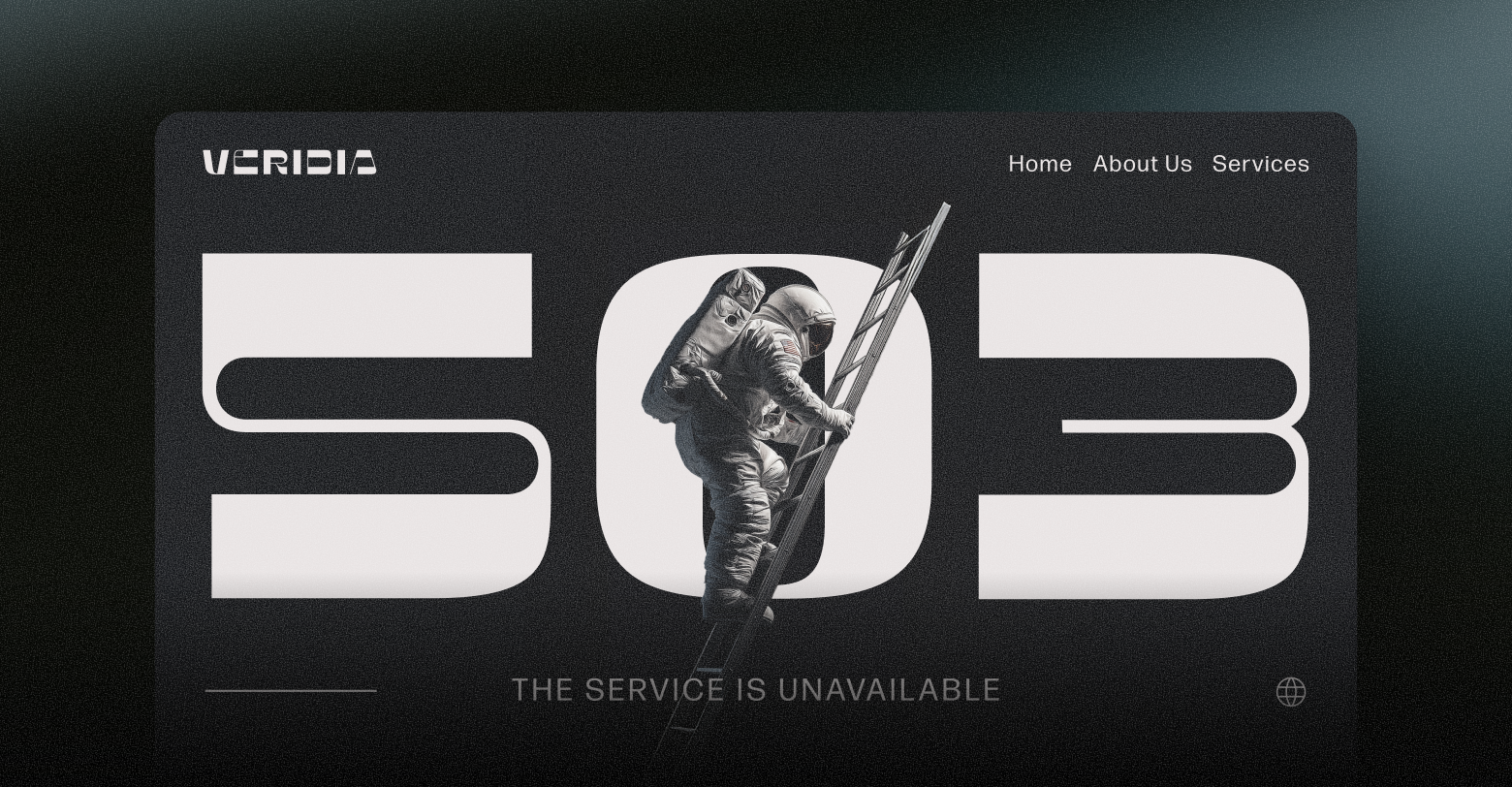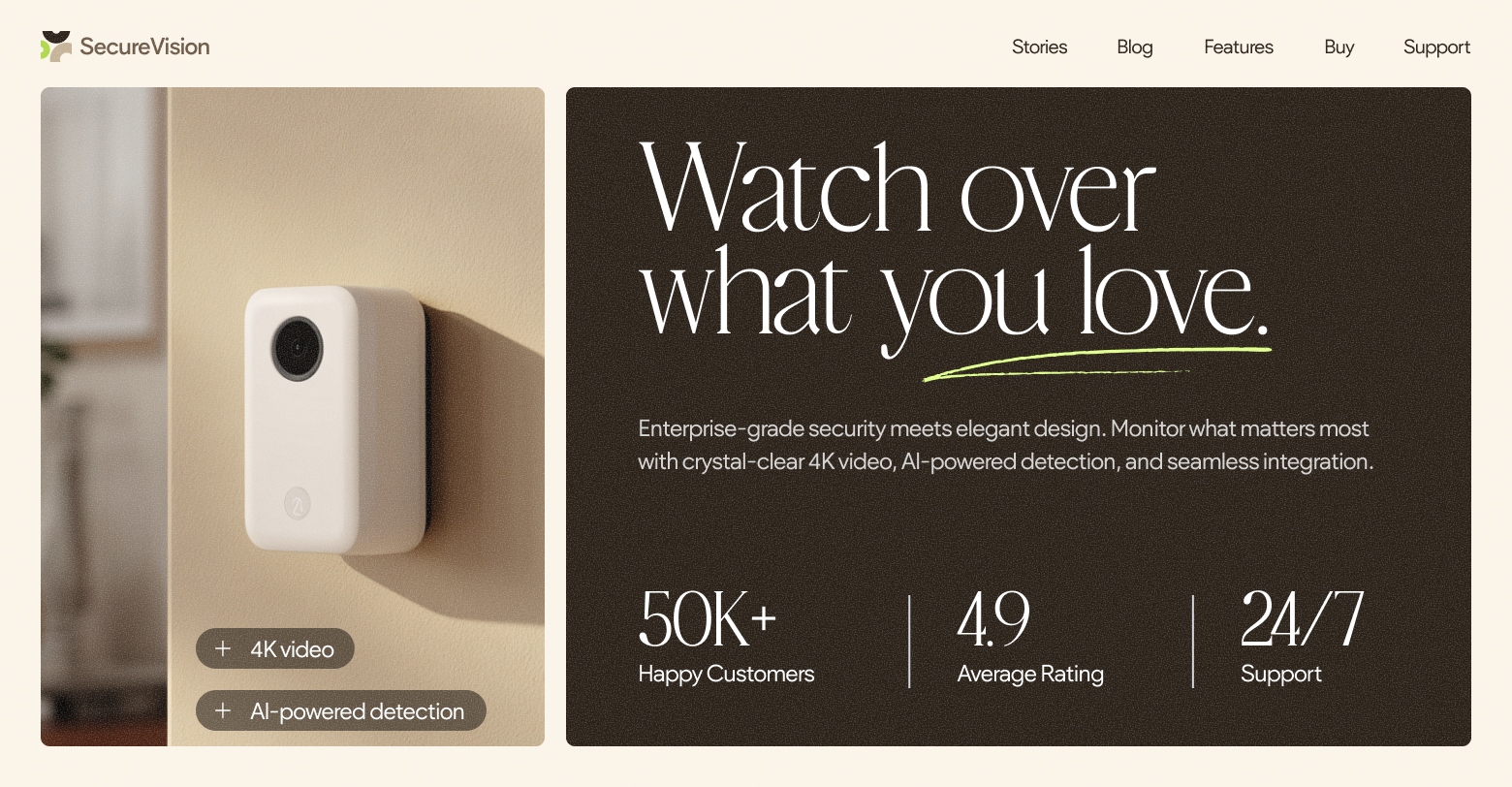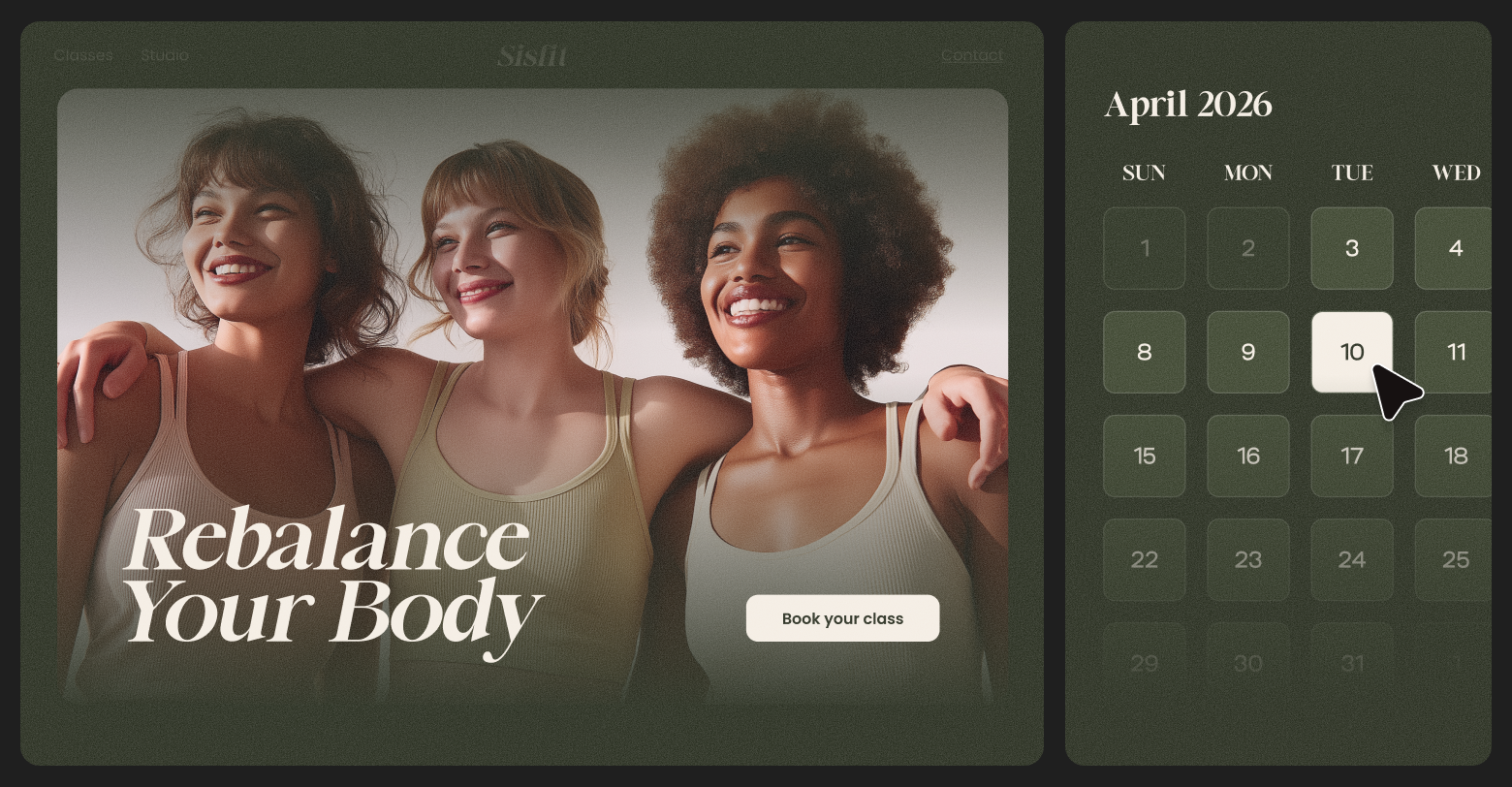I’ve compiled a list of top tips to improve conversions.
1- Improve Site Speed And Page Load Time
If you’ve ever clicked on a page that took way too long to load, you know you’re not buying from there.
No way you’ll wait hours for each step of shopping and checkout.
Better find another provider.
So make sure your client’s page load time is
less than 5 seconds (ideally even less than 2) so no buyer will experience this issue on your clients sites.
To improve page speed you can use a
page speed optimization tool.
It's also a good idea to create your site on a
website building platform that’s already optimized for speed.
2- Drive Action With Compelling CTAs
If your users have to search the site just to find out how to buy, it’s not good.
It should be very clear and easy to know what the next step is and how to do it.
The simpler the better.
Your CTA should live above the fold, no need to scroll to find it.
It should also be descriptive and specific, no vague “check that” or “click here”.
Your CTAs should clearly indicate what the next step will be:
- Buy now
- Pre-order
- Subscribe
- Sign up
That
website optimization alone can make a world of difference.
3- Align Visual Hierarchy & Messaging
You know your client’s company, what they do, who they are, what they sell.
Buyers don’t.
It might seem obvious for you, but it’s crucial to focus on the most basic and important information about the company first.
If your client’s primary business is wedding planning, but the company also does some catering for other types of events, the home page should clearly reflect that they specialize in weddings, with imagery, headers and content that states it clearly. Then further on the page, or in different tabs on the menu, you can showcase their other services.
This way, users won’t be confused as to what the company does and are more likely to stay on the website and ultimately convert.
4- Incorporate Visual Credentials
A website is not the place to be modest.
If your clients received awards, partnered with big renowned companies, have important certifications, or any other achievements, showcase it!
Buyers who don’t know the company yet need this information to know that the company can be trusted.
After all, you don’t want to enter your credit card information on just ANY website do you?
You can showcase these business credentials with logos or testimonials on the homepage for example.
5- Run A/B Tests
Sometimes it can be very difficult to know which page layout, color, or CTA will work best.
That’s why A/B testing is crucial.
You don’t want to make the changes right away and risk a drop in conversions either.
Ideally use A/B tests on a page with enough traffic to give you a good idea of both version’s performance in a reasonable time (a couple weeks, or a few months top).
If it takes a year to gather enough visits to have a reliable sample, maybe you can skip the testing on this one and focus your efforts on pages that impact the business more.
6- Use Retargeting
Converting doesn’t usually happen right away (unless you’re one lucky cookie).
As a consumer, the more you have to spend, the more you need to think it through and shop beforehand.
That means, if a buyer already visited your client website, they are most likely interested in what they have to sell, but may not be ready to buy just yet.
So follow them a little, stay top of mind.
Use retargeting to keep them in the loop and make sure they don’t forget about your client’s brand.
Retargeting is also a good way to showcase some promotions, coupons, or other incentives to help your visitors come back and convert








